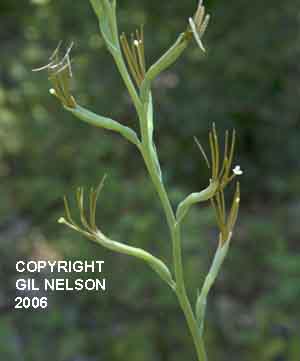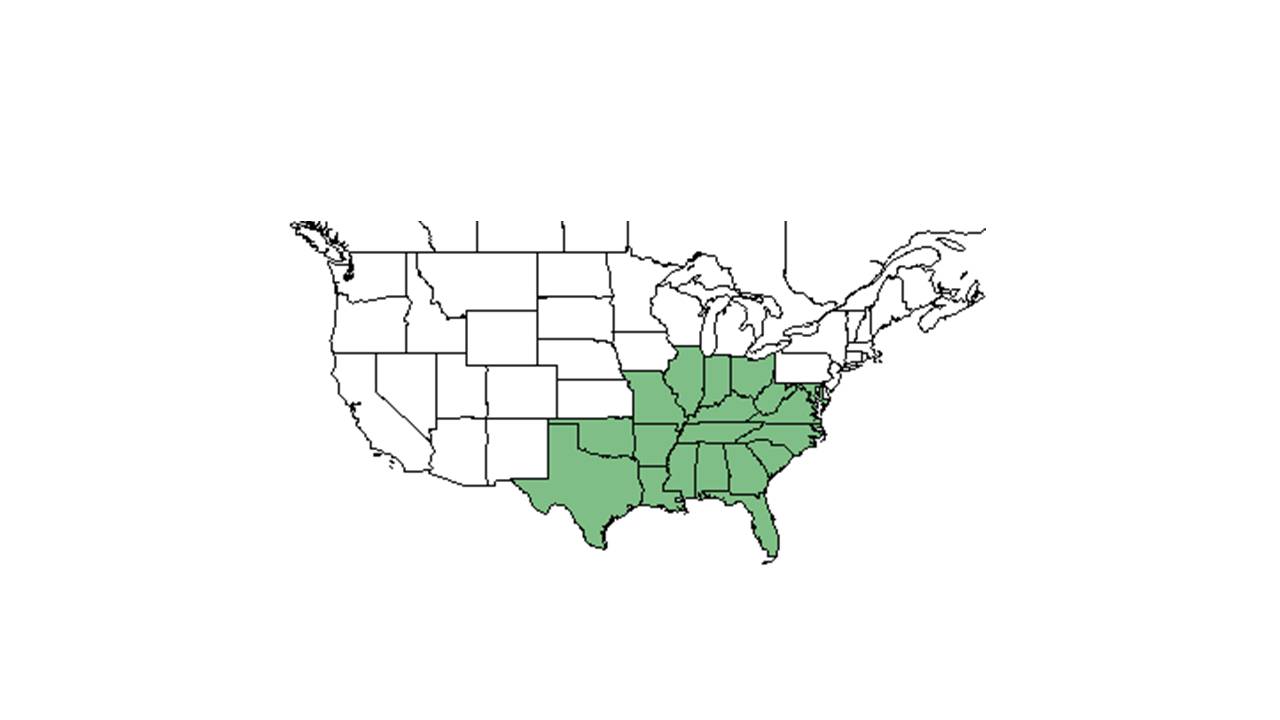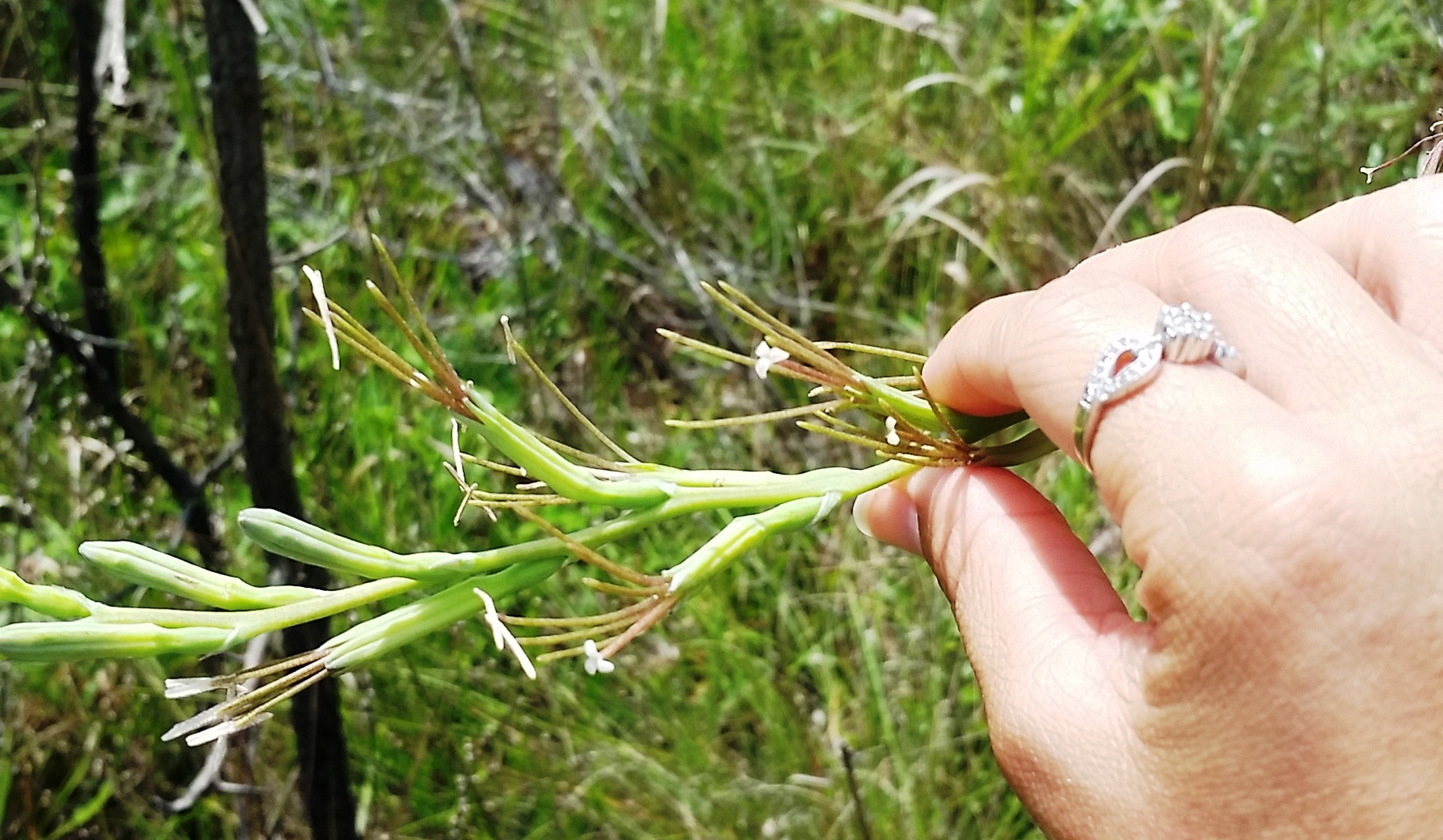Manfreda virginica
| Manfreda virginica | |
|---|---|

| |
| Photo taken by Gil Nelson | |
| Scientific classification | |
| Kingdom: | Plantae |
| Division: | Magnoliophyta - Flowering plants |
| Class: | Liliopsida – Monocotyledons |
| Order: | Liliales |
| Family: | Agavaceae |
| Genus: | Manfreda |
| Species: | M. virginica |
| Binomial name | |
| Manfreda virginica (L.) Salisb. ex Rose | |

| |
| Natural range of Manfreda virginica from USDA NRCS Plants Database. | |
Common names: False aloe; Rattlesnake-master; Virginian agave
Contents
Taxonomic notes
Synonyms: Agave virginica Linnaeus; Manfreda tigrina (Engelmann) Small; Polianthes virginica (Linnaeus) Shinners
Description
A description of Manfreda virginica is provided in The Flora of North America.
Distribution
Ecology
Habitat
This species can be found in well drained or poorly drained slopes of longleaf pine forests, savannas, and mesic pine-hardwood forest remnants. [1] It is found in sandy loam habitats and soils are upland coastal plain type with little slope and low fertility, in Louisiana[2] (Thill 1983). It thrives in semi-shaded areas to open areas as well. [1] Associated species include longleaf pine, wiregrass, and hardwoods. [1]
Phenology
M. virginica has been observed flowering in April, and June through August and fruiting in July.[1][3]
Fire ecology
This species is found in annually burned areas. [1]
Pollination
M. virginica is pollinated both diurnally and nocturnally, with observations suggesting that bumblebees are the predominant floral visitors. [4] Bombus pennsylvanicus and Hemaris diffinis are critical diurnal pollinators; however, diurnally pollinated plants were observed to produce significantly lower seed set than nocturnally and open pollinated plants. [4] Hence nocturnal visitors contribute more to M. virginica reproduction despite frequent diurnal visits. [4]
Conservation and management
Cultivation and restoration
Photo Gallery
References and notes
- ↑ 1.0 1.1 1.2 1.3 1.4 Florida State University Robert K. Godfrey Herbarium database. URL: http://herbarium.bio.fsu.edu. Last accessed: June 2014. Collectors: Robert K. Godfrey, R. Komarek, Loran C. Anderson, and Annie Schmidt. States and Counties: Florida: Leon and Washington. Georgia: Grady and Thomas.
- ↑ Miller, J. H., R. S. Boyd, et al. (1999). "Floristic diversity, stand structure, and composition 11 years after herbicide site preparation." Canadian Journal of Forest Research 29: 1073-1083.
- ↑ Nelson, G. PanFlora: Plant data for the eastern United States with emphasis on the Southeastern Coastal Plains, Florida, and the Florida Panhandle. www.gilnelson.com/PanFlora/ Accessed: 12 DEC 2016
- ↑ 4.0 4.1 4.2 Groman, J. D. and O. Pellmyr (1999). "The pollination biology of Manfreda virginica (Agavaceae): relative contribution of diurnal and nocturnal visitors." Oikos 87: 373-381.
